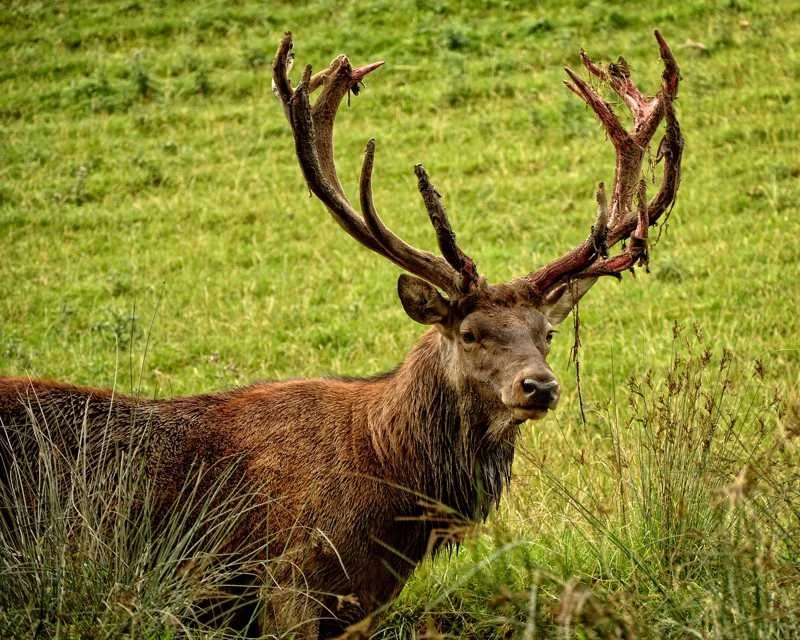Hangul, Kashmir’s indigenous deer species, has recently experienced one of the healthiest rutting seasons mainly due to roars or calls made during this period.
About the Hangul:
- The Hangul is a subspecies of Central Asian red deer endemic to Kashmir and surrounding areas.
- It is found in dense riverine forests in the valleys and mountains of Jammu and Kashmir and northern Himachal Pradesh at altitudes ranging from 3,000 to 4,000 meters above sea level.
- Named after the local word “han doon”, meaning Indian horse-chestnut, Hangul is the state animal of Jammu and Kashmir, also known as the Kashmir stag.
- The Dachigam National Park and Tral Wildlife Sanctuary are its primary habitats, with a gestation period of about 8 months.
- Physically, Hangul males, darker than females, have annually shed and re-grown antlers symbolizing dominance during mating, while females lack horns; both feature a distinctive white rump patch and greyish-white inner buttocks.
- Behaviorally, this shy and sensitive species follows a matriarchal society with females living in groups of up to 18, and adult males living independently.
- Population trends show severe declines due to militancy, habitat disturbances, and predation, facing challenges such as a skewed male-female ratio detrimental to natural breeding and genetic diversity.
Conservation Status:
- IUCN: Critically Endangered
- CITES:Appendix I
- The Wildlife Protection Act 1972: Schedule I

Ref:Source
| UPSC IAS Preparation Resources | |
| Current Affairs Analysis | Topperspedia |
| GS Shots | Simply Explained |
| Daily Flash Cards | Daily Quiz |



